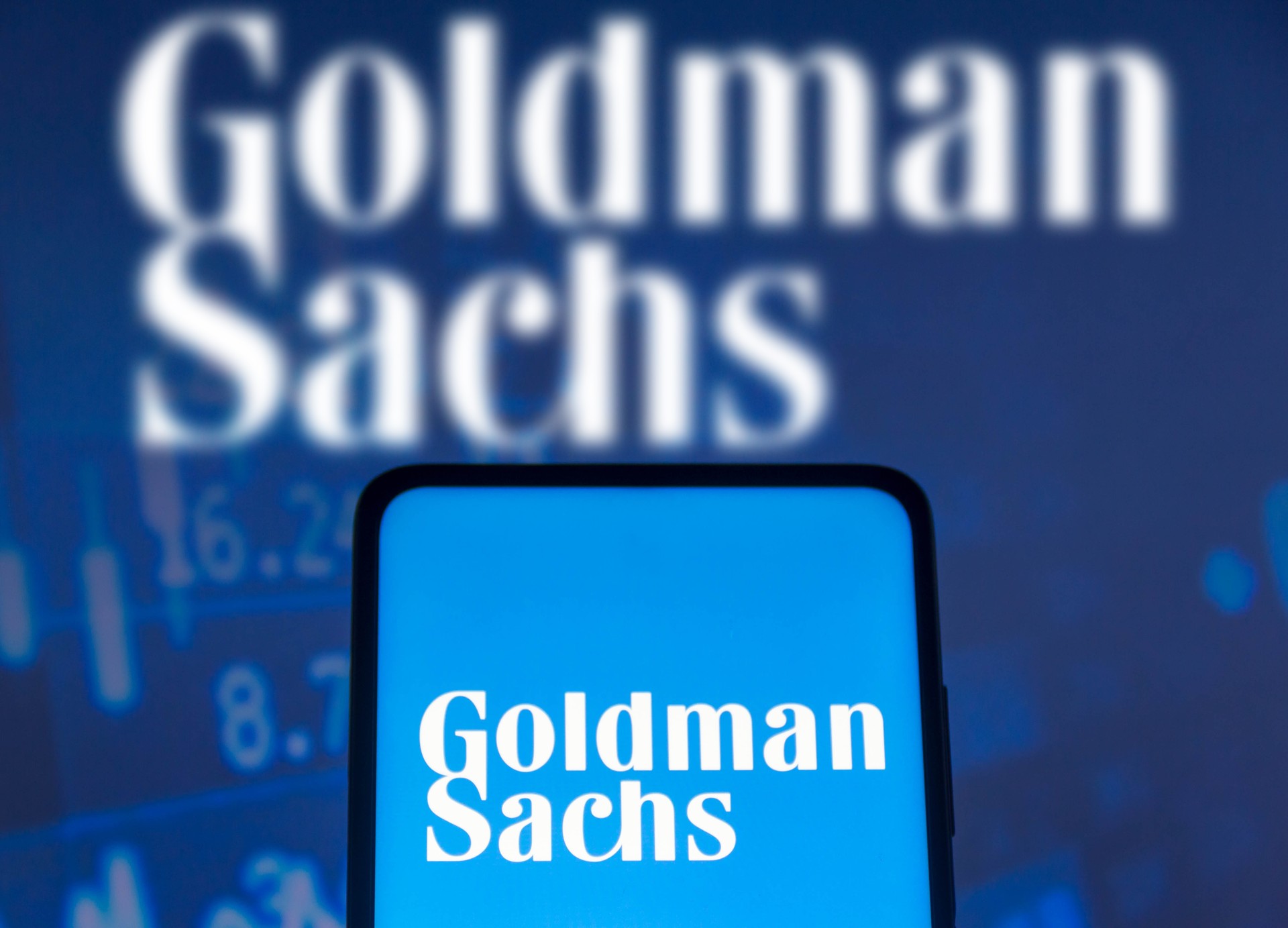
New York-based Goldman Sachs says the recent rate cut by the Turkish central bank could serve as a key catalyst for Turkish banks, helping to ease the pressure on profit margins that has persisted throughout a prolonged period of high interest rates.
In a research note to its clients, the investment bank highlights the potential for a gradual rebound in sector profitability starting in the third quarter of 2025, following the Central Bank of the Republic of Türkiye’s (CBRT) decision to lower its policy rate by 300 basis points in July.
The report emphasized that Turkish banks are generally negatively affected by high interest rates due to a timing mismatch between how quickly their assets and liabilities adjust to changes in interest rates. Assets such as loans and securities often take six to nine months to be repriced, meaning their interest rates are updated more slowly.
In contrast, liabilities—particularly Turkish lira deposits—tend to reprice much faster, often within weeks. This imbalance compresses banks’ net interest margins (NIM), a key profitability indicator that measures the difference between interest income earned from lending and the interest paid out on deposits and other funding sources.
Goldman Sachs noted that interest rate cuts support NIMs by easing this mismatch. The firm said this dynamic could help restore profitability margins that have been compressed in recent quarters.

Under its base scenario, Goldman Sachs expects the CBRT’s policy rate to fall to 33% by the end of 2025. In that case, analysts project a phased recovery in both NIM and return on equity (ROE).
ROE is a financial metric that measures how efficiently a bank uses its shareholders’ equity to generate profits. According to the report, profitability across the sector is expected to reach its peak by mid-2026 as the effects of interest rate cuts gradually feed through to balance sheets.
The report stated that the positive effects of rate cuts would gradually feed through to balance sheets, supporting improved financial results across the banking sector.
Beyond interest income, Goldman Sachs stressed the growing importance of fee and commission income as contributors to bank performance. For banks experiencing weaker NIMs, these alternative income sources could help offset profitability pressures and lead to more robust outcomes in earnings.

The report identified Garanti BBVA and Akbank as two banks likely to outperform their peers based on 2025 expectations. While no specific ROE figures were disclosed in the summary, the firm noted that revised earnings reports and updated profitability estimates in the second half of the year would be closely monitored by investors.
Goldman Sachs highlighted that Türkiye’s monetary policy trajectory and the Turkish lira’s valuation would continue to play a decisive role in shaping banking sector outcomes in 2025. The report underlined that the CBRT’s actions—particularly how measured and data-driven future rate reductions are—will directly influence financial stability and investor confidence.
The note concluded that a return to robust banking sector profitability is plausible in the medium term, provided the government maintains its commitment to inflation control and fiscal discipline.